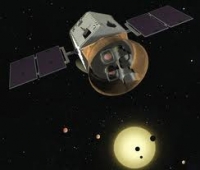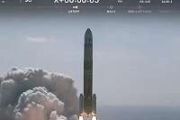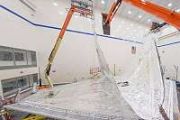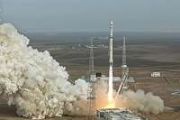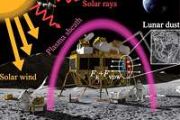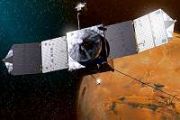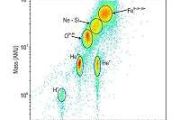The Transiting Exoplanet Survey Satellite (TESS) is a planned space telescope for NASA's Explorer program, designed to search for extrasolar planets using the transit method.
The project is led by the Massachusetts Institute of Technology with seed funding from Google. In 2013 NASA announced that TESS had been selected for launch in 2017. TESS will be located on an High Earth orbit.
Mission concept
Once launched, the telescope would conduct a two-year all-sky survey program for exploring transiting exoplanets around nearby and bright stars. TESS would be equipped with four wide-angle telescopes and charge-coupled device (CCD) detectors, with a total size of 67 megapixels. Science data, which are pixel subarrays around each of up to 10,000 target stars per field, are transmitted to Earth every two weeks for further analysis. Full-frame images with an effective exposure time of two hours are transmitted to the ground as well, enabling astrophysicists to search the data for an unexpected, transient phenomenon, such as the optical counterpart to a gamma-ray burst.

